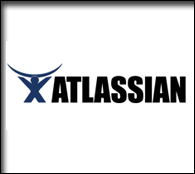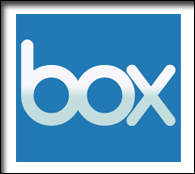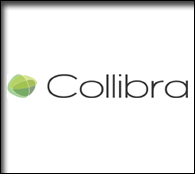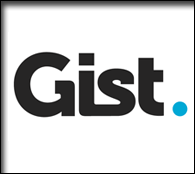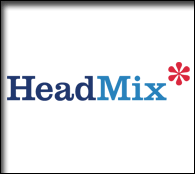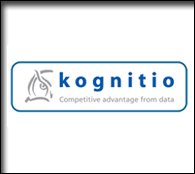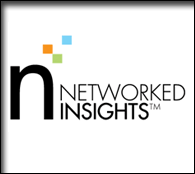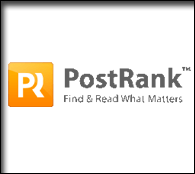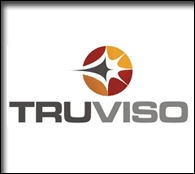Archive for October, 2009
When “as a service” makes nouns into verbs
by Eric Norlin on Oct.05, 2009, under Uncategorized
There has been a lot of discussion (both here and elsewhere) lately about the chasm/connection/convergence/divergence of “social media” and “enterprise 2.0.” Let’s set aside for a moment that both terms are atrocious, and focus in on something that is relevant and caught my eye this morning.
Mike Salami wrote a piece over on paidContent with a nugget in it that is worth cracking open (emphasis mine):
Shipping or downloading a static physical or digital product is a dying business. Pioneers like Salesforce.com, and now Google with their office apps, are showing how a “product” is not a discrete thing. Rather, it’s an ongoing relationship – with continuous updates and two-way communication – with customers and even between customers.
“A product is not a discrete thing, rather it’s an ongoing relationship of continuous updates and two-way communication” - that stuck in my teeth like a popcorn kernel. I’ve been struggling to verbalize some of the connections that underlie the miasmic underbelly which is the shared ground of social media and enterprise 2.0. This is one of the keys.
“Knowledge Management” is dead. It’s dead because it views knowledge as a discrete product and not a two-way relationship of continuous updates.
Dirty little secret: whole swaths of products inside of the enterprise 2.0 world are already DOA for the same exact reason.
Where are social media and enterprise 2.0 converging and finding the future of success? Around this simple fact that products (or knowledge or documents or workflows or promotions or marketing or product development or or or…) are no longer *discrete*. Everything has become a relationship. And by the way, that’s better than being “social”. There’s a cocktail party lack of intimacy in “social.” But there’s a wide open field of possibilities hidden within a relationship.
The pinpoint of leverage, the sweet spot for innovation lies in the idea that all of this “stuff” inside and outside and in between a business (and its employees, customers and partners) is around the fact that stuff is no longer discrete. That a thing has become a relationship; that a noun has transformed into a verb.
Move past the static state of so much in the “collaboration” world; get out to the edge of it all; live at the intersection — and what do you see? Dynamism. The dynamic nature of relationships. Relationships between people, data, groups, knowledge, etc.
Posting documents in shared spaces to increase productivity is NOT the future of this. Obliterating the discrete idea that is a “document” is.
Wanna wrap your head around this and figure this out? You’d better get your butt to defrag.
First Principles
by Eric Norlin on Oct.01, 2009, under Uncategorized
This morning brought thoughts of Defrag’s impetus, and what got us from there to here.
Defrag was spawned from two of Brad’s blog posts - on a “major software innovation wave” and “intelligence amplification.”
When I added those two posts together something inside of me said - “yep, that’s a conference” - and Brad and I began discussing things. As I went on to the initial rounds of conversations with vendors in this area, I landed upon an analogy (that I still use to this day):
If you think about what we’re doing with the internet (in the biggest sense), then what we’re really up to is recreating a global “brainstorming session.” Now, we solved the simultaneity problem (same time) and we’ve solved the co-location problem (same place), and we’re doing pretty well at solving “who’s in the room” (identity), but what we haven’t done a good job of solving is building technologies that actually help us to accelerate the process of insight (for both individuals and groups); to “accelerate the ‘aha’ moment” (hence our tag line).
That initial analogy led us down the road to the first defrag. The first defrag led to the realization that we were sitting at the intersection of things like enterprise 2.0, the semantic web, the implicit web, and so many other topical things — all of which led us to Defrag’s second year.
Coming out of Defrag’s second year taught me one thing: don’t get dragged into just one aspect of the intersection (enterprise 2.0, for example) - because the *value* lies AT the intersection. Hence, we’ve been talking a lot about “the liminal state” heading into this year.
What will year three bring? More realizations that keep us moving ahead of the curve, I’m sure. But, more importantly, we’ll be building on the foundations of these first principles: amplify intelligence, accelerate the aha moment, the value lives at the intersection.
Back in July, I wrote:
There is too much, and not enough.
Too much information, and not enough time to process it. Too much knowledge locked away in the corner’s of other people’s minds, and not enough tools that help expose it. Too many twisty knots of overloaded information confusion, and not the filters to hand me what I need when I need it. Too many sites, widgets, snippets, tidbits, documents and files, and not nearly enough brain power to do it all by myself.
There is not enough, and too much.
Not enough options for finding what I need, and too much to find. Not enough guidance on how to actually move efficiently through the gold mines of data, and too many gold mines. Not enough time, and far too many things to accomplish. Not enough in resources - knowledgable, actionable resources (both external and internal), and too many convoluted “solutions” that don’t solve my problem.
The inexorable march of data distribution and fragmentation leaves us with two sides of the same coin: too much and not enough. That is the knot to unravel. The mound of data to wrestle to the ground. The drive to defrag.
Now, here’s the critical thing: I’m sure (even if I’ve never met you) that you have something to bring to this discussion. You won’t be able to do that by following tweets, or reading blog posts. We want to hear what you have to say and interact with you in person. Over 350 people are going to gather in Denver in November to work on solving the next big wave in software innovation, and you should really be one of those people.
